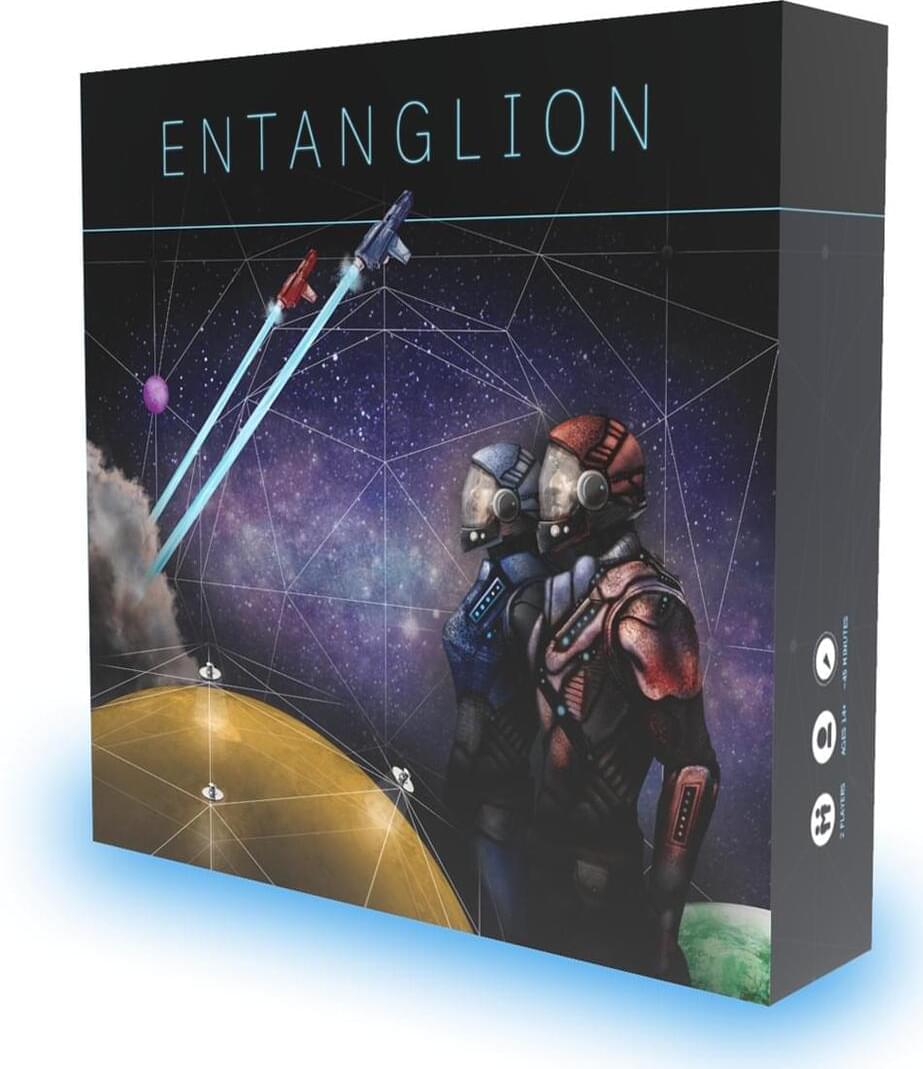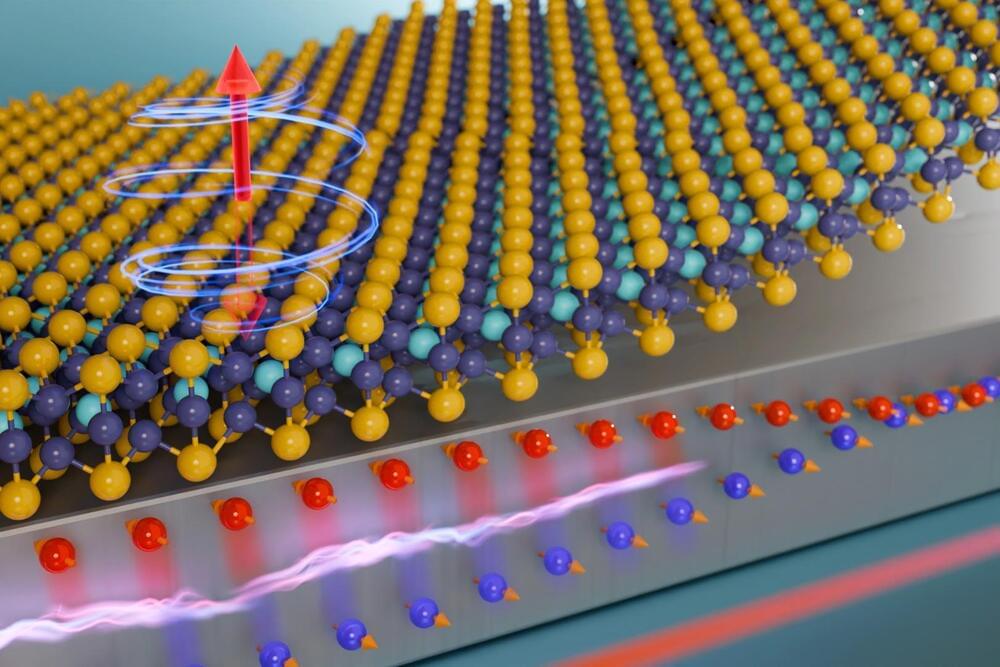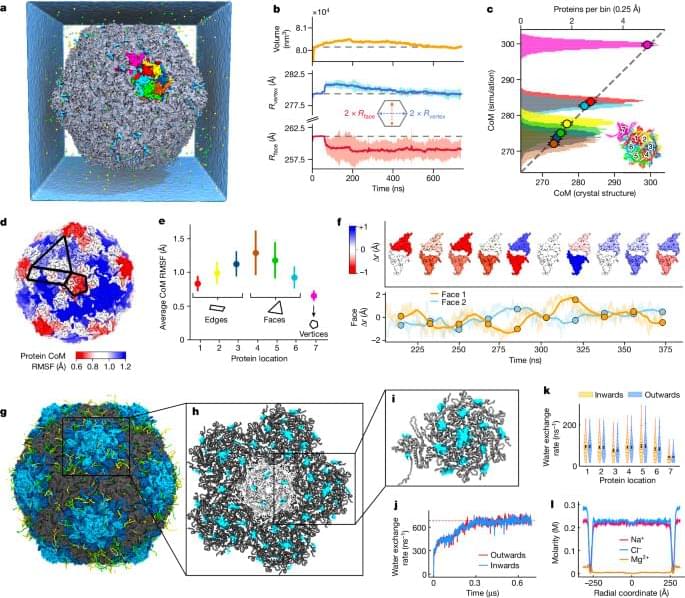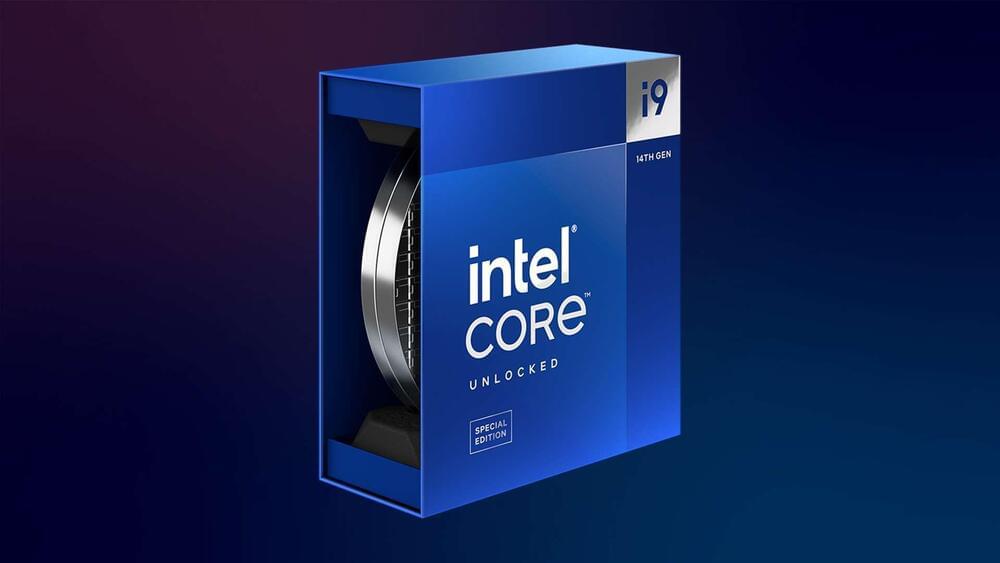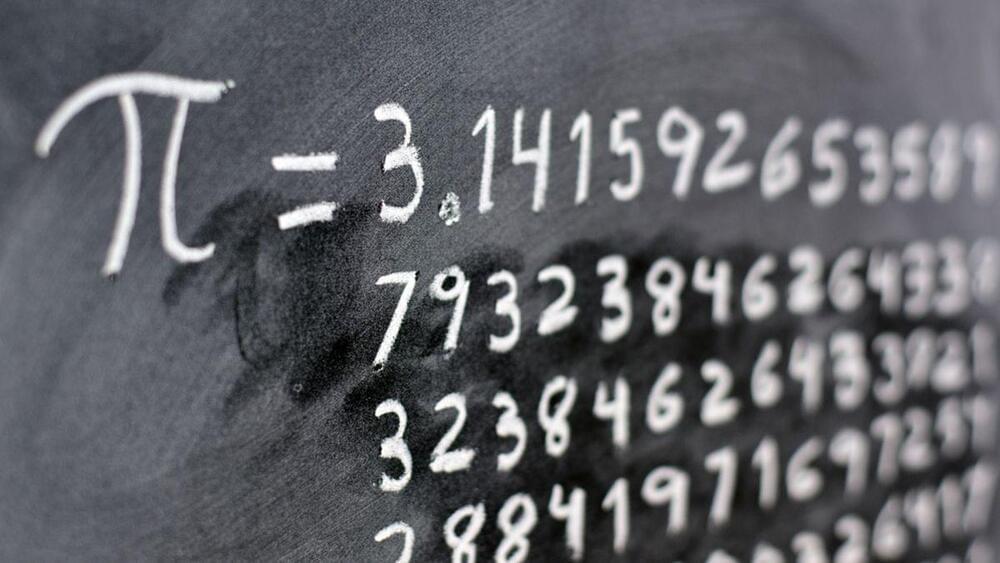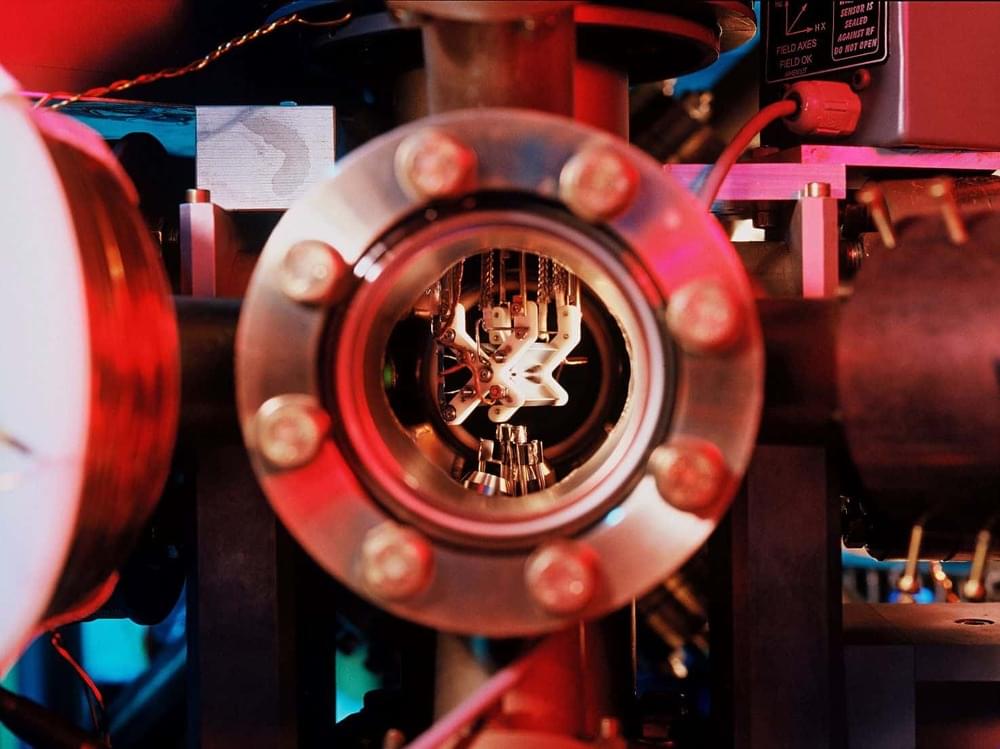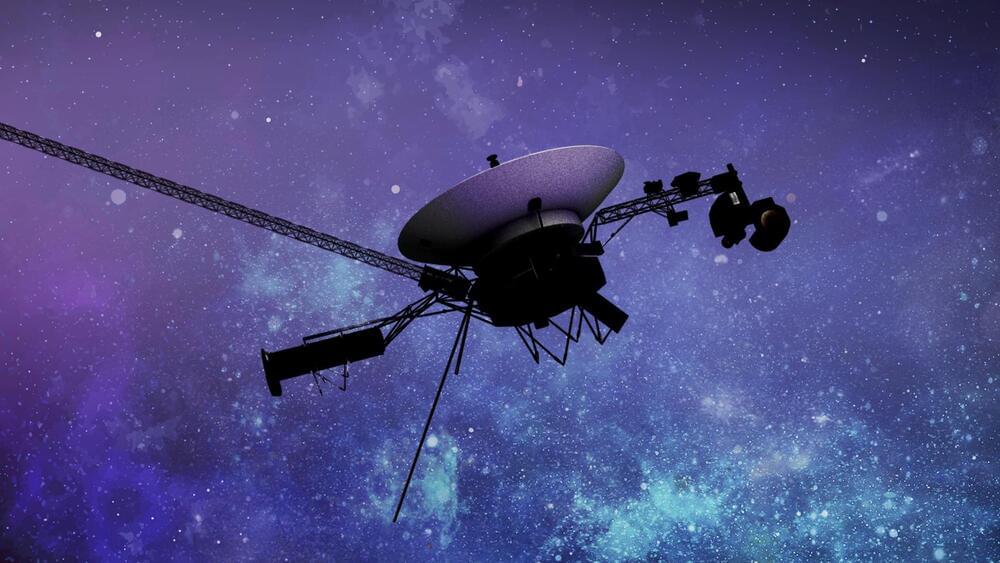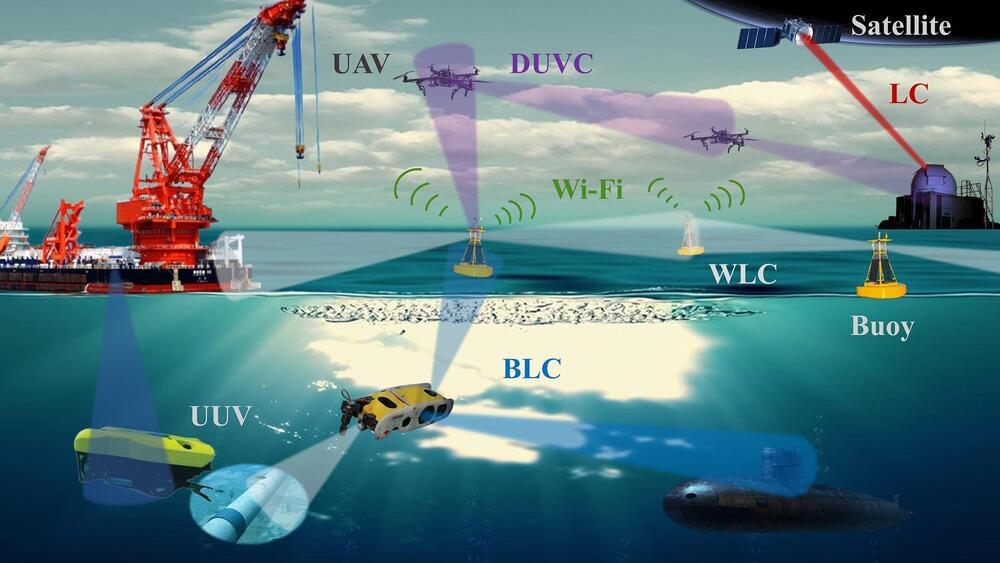Mar 17, 2024
Entanglion, a quantum computing board game developed by @IBMQuantum
Posted by Cecile G. Tamura in categories: business, computing, entertainment, quantum physics
Congratulations, your captain has retired and left you in charge of his galactic shipping business! Now it’s time to make some upgrades as you embark on a journey to reconstruct a quantum computer developed by an ancient race.
Entanglion is a cooperative board game designed for two players. Learn about quantum computing as you work together with your teammate to navigate the three galaxies of the quantum universe, avoid detection by the defense mechanisms left behind by the ancients, and rebuild the quantum computer.
Continue reading “Entanglion, a quantum computing board game developed by @IBMQuantum” »
